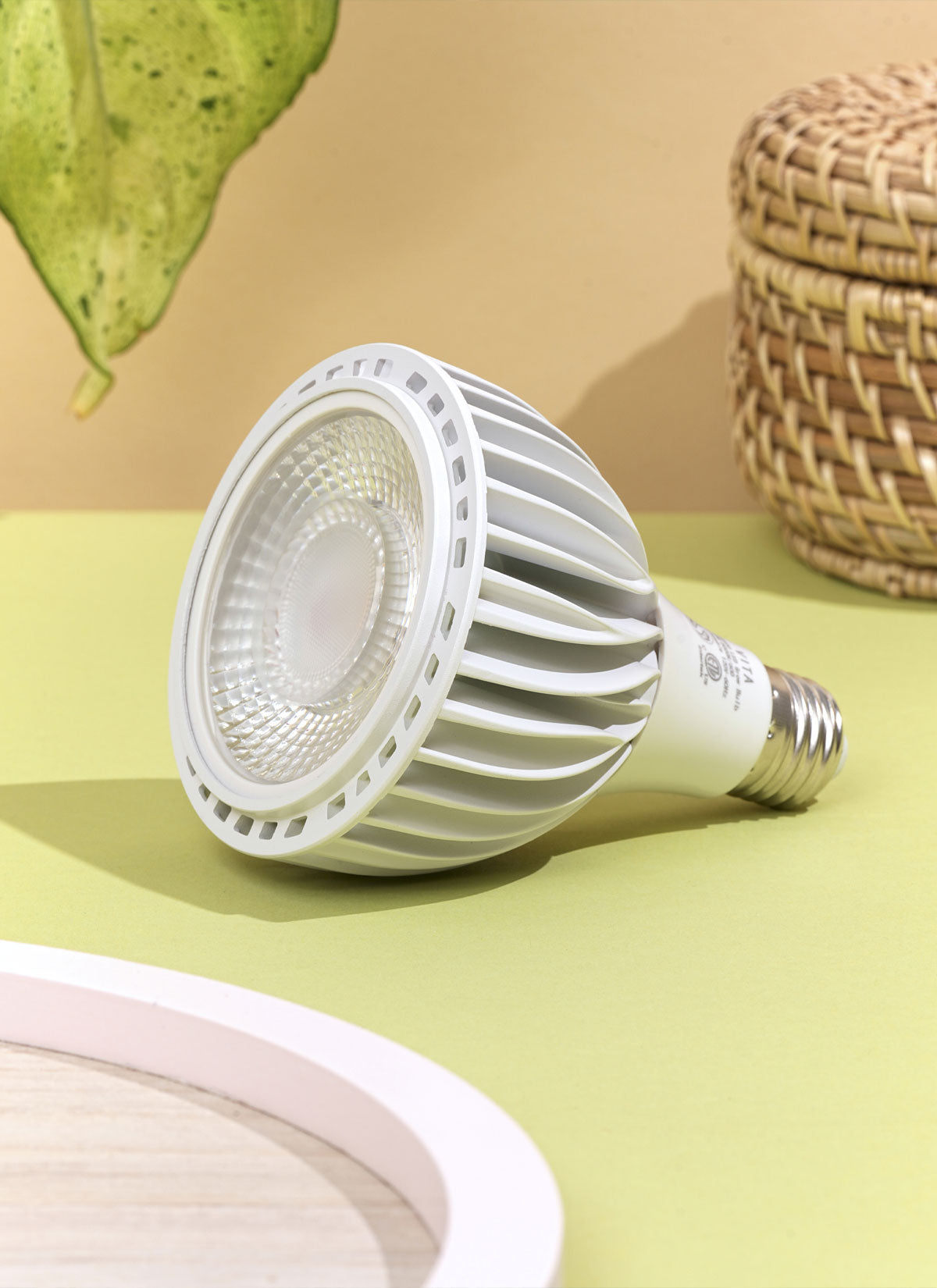Preferred Humidity: 60 - 80%; High Humidity
If you want your African violet plant to stay healthy and grow well, you need to make sure that the humidity levels in its environment are just right. One way to get the right amount of humidity is to use a humidity tray. Fill a shallow tray with water and set the pot with the African violet on top, making sure the water doesn't touch the bottom of the pot. The water will evaporate, making the air around the plant more humid.
A second tip is to mist the plant with water often, especially when the weather is hot and dry. This makes the air around the plant more humid, which keeps the leaves from drying out and becoming brittle. When misting, it's important to use water at room temperature because cold water can shock the plant and hurt it.
If you want a solution that will last longer, you might want to buy a humidifier. This device can help control the humidity in a room, which is especially helpful when it's cold and dry outside. Make sure to put the humidifier away from the African violet because too much direct moisture can hurt the plant.




















